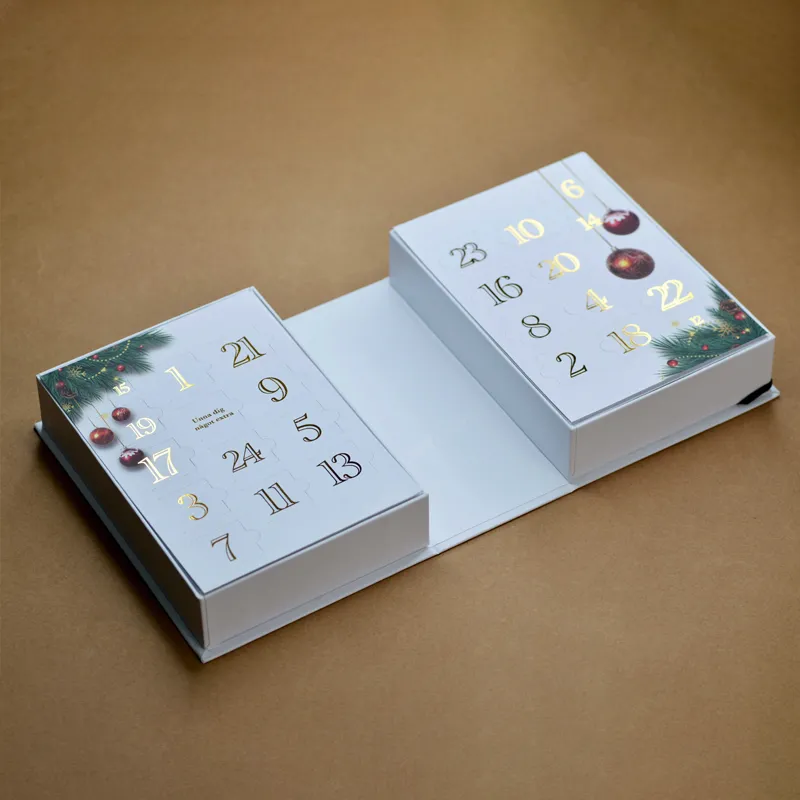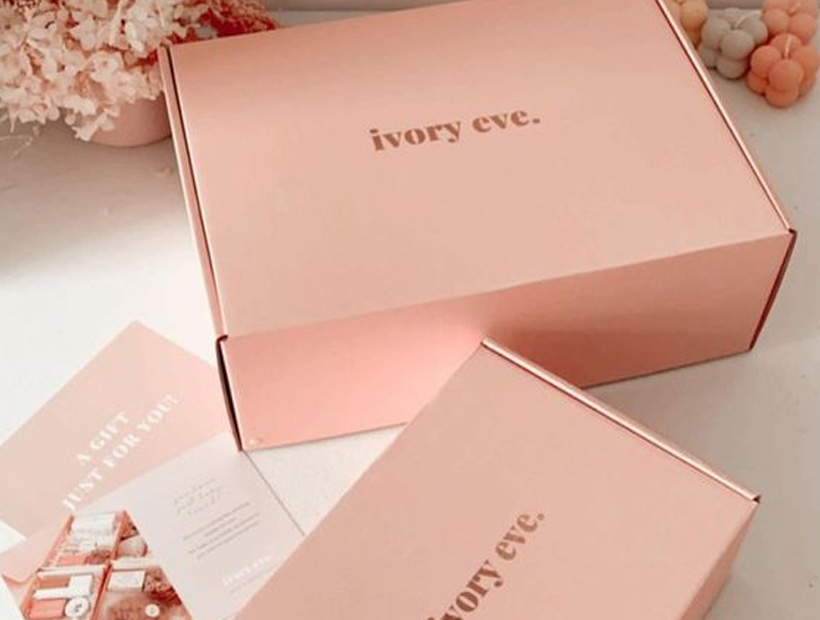It’s no brainer how you package your products determines how customers will perceive them. With the right packaging design, you can promote your brand by creating memorable unboxing experiences that customers eagerly share on social media. A well-designed cardboard box for your business serves as a silent brand ambassador, telling everyone that your product is high-quality and well protected.
Beyond functionality, a professional custom packaging for small business builds emotional connection with customers and encourages repeated purchases.

Continue reading as we explain how to make custom boxes for small business to elevate your brand and improve customers’ experience.
Understanding the Basics of Cardboard Box Design
- What is a Cardboard Box Design?
A cardboard box design has to do with creating packaging that protects your products, promotes your brand, and enhances customers’ experience. A well-executed design ensures that the packaging does not only look professional but remains intact during shipping, storage, and handling.
- Key Components of Cardboard Packaging
The foundation of every packaging manufacturing lies in understanding essential components like their sizes, shapes, materials, and surface treatments. The size of the cardboard packaging must accommodate your product and the shape should complement how your product looks.
An important part of small business packaging supplies is the material. It determines the packaging durability and sustainability. You can measure the cardboard’s thickness in points or by edge crush test (ECT) ratings to know how strong and protective it is.
Another set of key components are the structural elements (flaps, tabs, and closure mechanisms) that make sure the packaging seals and opens properly.
Jewelry packaging for small business, for example, are made of premium materials, inserts, and elegant designs that reflect the product’s value.
- Different Types of Cardboard Boxes Used for Business
Depending on your business type, there are different types of cardboard boxes you can use, such as shipping, retail packaging boxes, and e-commerce boxes.
Shipping boxes prioritize protection and structural integrity during transit, retail packaging emphasizes visual appeal and brand presentation, and e-commerce packaging offers both protective qualities and visual appeal.
Step 1: Define Your Purpose and Requirements
- Packaging Goals
Understanding the goal of your packaging is crucial for effective design. Protection is one of the primary goals for packaging, ensuring products arrive undamaged regardless of the shipping or handling conditions. Another packaging objective is branding, where the packaging is designed to market your brand’s values. One other major goal of packaging is storage, which ensures that your cardboard box is strong enough to be put in the warehouse without losing form.
- How to Identify the Best Design for Your Business
Start by examining your product characteristics, such as the fragility, weight, dimensions, and temperature sensitivity. Heavy products need rigid box packaging, while fragile items require cushioning systems and protective features. The weight, dimensions, and temperature sensitivity of the products are important in creating a conducive packaging. These factors also ensure that you provide the right shipping conditions.
You should also consider your target audience. This will help you determine whether to prioritize eco friendly packaging for small business or not.
Step 2: Choose the Right Cardboard Box Type
- Types of Cardboard: Corrugated vs. Solid Board
Corrugated cardboard has a lightweight yet strong structure. It provides excellent cushioning and resistance to compression, making it ideal for shipping purposes.

On the other hand, solid board (also known as clipboard or paperboard), allows for superior printing quality and smooth surfaces, making it perfect for retail packaging where visual appeal matters most.

- Choosing the Right Material Based on Product Type
The type of product you sell should decide which material you use. For example, if you sell electronics and fragile items, choose corrugated cardboard to enjoy its cushioning and static dissipation properties. In contrast, custom boxes for small business in fashion, cosmetic, or luxury industries, are best packaged in solid board because of their visual effects.
- Environmental Impact and Sustainable Options
With more people getting conscious and paying attention to the impact of packaging boxes on the environment, it’s imperative that you use sustainable materials. Eco friendly packaging for small business initiatives can include reducing waste and using recyclable cardboard. Look for materials that are certified by organizations like the Forest Stewardship Council (FSC) to ensure responsible forestry material sourcing.
Step 3: Focus on the Dimensions
- Measuring the Product Correctly
Measure all the product dimensions, including the length, width, and height at the widest points. Take into recognition any protruding elements or irregular shape. For fragile or delicate items, factor in cushioning spaces for inserts. .
- Understanding Box Types and How the Product Fits
There are various box types, such as RSC (Regular Slotted Container), die-cut, and telescoping boxes.
RSC boxes are designed with flaps that meet at the center when folded – they work well for shipping applications.
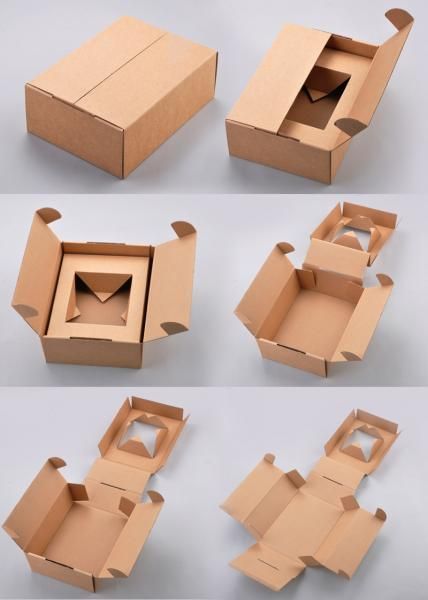
Die-cut boxes support custom shapes and unique opening mechanisms that enhance customers’ unboxing experience. They are perfect for premium products or items that require visual appeal.
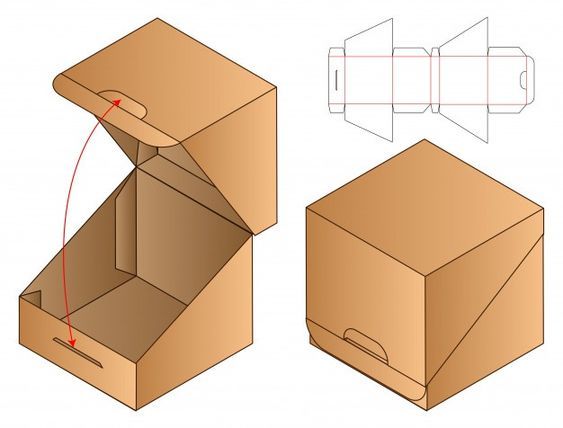
Telescoping boxes consist of separate bottom and top pieces that slide together, allowing easy access for products that require frequent handling or display. Packaging supplies small business owners often recommend these boxes for subscription or retail applications.
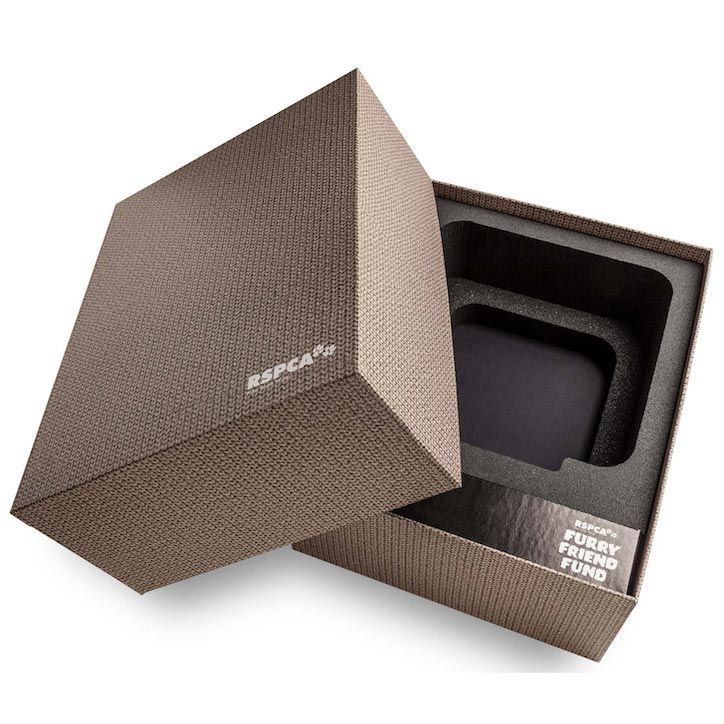
- Tips on Optimizing Box Size to Reduce Shipping Costs
a) Use the smallest box that fits your product safely.
b) Choose standard shipping box sizes when possible.
c) Avoid extra empty space inside the box.
d) Consider cube-shaped boxes for better space efficiency.
e) Test different box sizes to find the cheapest shipping option
Step 4: Adding Branding Elements
- How to Incorporate Your Logo and Brand Colors Effectively
Consider how your logo appears from multiple viewing angles, especially for boxes that may be stored on sides. Logos are often positioned at the top center or upper corners where they are immediately seen.
Branded packaging for small business applications benefit from consistent color usage that reinforces your business image across all customer touchpoints. Thus, the logo should be incorporated in a position where your brand color will be complemented.
- Designing for Visibility and Impact
Use background colors, fonts, and texts that are visible and readable. Important information like your business name, product descriptions, or handling instructions should stand out clearly without overshadowing the packaging design. Your custom labels and stickers for business should be legible even at small sizes.
- Packaging That Tells Your Brand Story
Storytelling through packaging creates emotional connections with customers beyond functional benefits. Consider adding elements that tell your brand’s origin story, values, or mission. This makes the packaging box more fun to share on social media. Imagine how a packaging reveals information progressively, building anticipation, and creating memorable moments.
Step 5: Enhance Functionality and User Experience
- Easy-to-open Designs for Customer Satisfaction
When customers find it hard to open the packaging, they can have a wrong perception about your brand. So, it’s important that you use a user-friendly opening mechanism to enhance customers’ satisfaction and improve your brand perception.
While the custom packaging for small business must protect the product, it shouldn’t require a lot of power or tools to open.
- Protecting Products During Shipping
Safeguarding your products from inside the packaging ensures that they don’t get damaged during transit. With appropriate cushioning and internal inserts, your products will be held securely in place regardless of any turbulence.
Fragile items often require multiple layers of protection, while sturdy products need minimal cushioning. A custom mailer box might not need a lot of cushioning or inserts, especially when it’s used to deliver paperwork.
- Adding Clear Instructions or Labels
The packaging should have clear instructions or labels to protect both the product and the user. This includes simple diagrams or text explaining how to open packages, assemble products, or dispose of packaging materials shows that you’re concerned about your customers’ needs.
Step 6: Work with a Professional Packaging Manufacturer
- Benefits of Partnering with a Packaging Expert
a) Direct access to knowledge about suitable materials and excellent packaging designs.
b) Professional equipment and facilities that produce high-quality packaging.
c) Consistent quality control and efficient production processes.
d) Industry connections and bulk purchasing power for better material pricing.
e) Time and cost savings through experienced guidance and efficient processes.
- How to Communicate Your Design Ideas Clearly
a) Understand and document all your packaging requirements, including the dimensions, ideal materials, colors, and purpose.
b) Create a visual reference with sketches. Provide a physical product sample (if possible).
c) Share your brand guidelines and target audience information.
d) Explain any requirements like eco friendly packaging for small business.
e) Specify your budget and expected delivery time.
f) Request prototypes before committing to full production runs.
g) Be in regular communication throughout the production process.
- Selecting a Manufacturer that Aligns with Your Business Values
The bottomline to having a quality branded packaging for small business is selecting a printed box packaging manufacturer whose values align with yours, and understands your business goals. Choose a manufacturer whose quality standards, business practices, and values complements yours, and respond promptly to inquiries.
Conclusion
Designing the right custom packaging for small business requires balancing multiple factors, such as protection, branding, and functionality. The success depends on understanding your requirements, choosing the right cardboard material & dimensions, implementing appropriate branding elements to enhance users’ experience, and working with a professional packaging manufacturer.
FAQ: Common Questions about Cardboard Box Design
- What size of cardboard box should I choose?
The accurate size of cardboard box you should choose can only be determined by your product shape and dimension. Measure the length, height, and width of your product at its widest points, and add space for products that need cushioning or inserts.
- Can I use cardboard boxes for shipping internationally?
Yes, you can use them for shipping internationally when properly designed and manufactured for longer transit and multiple handling conditions.
